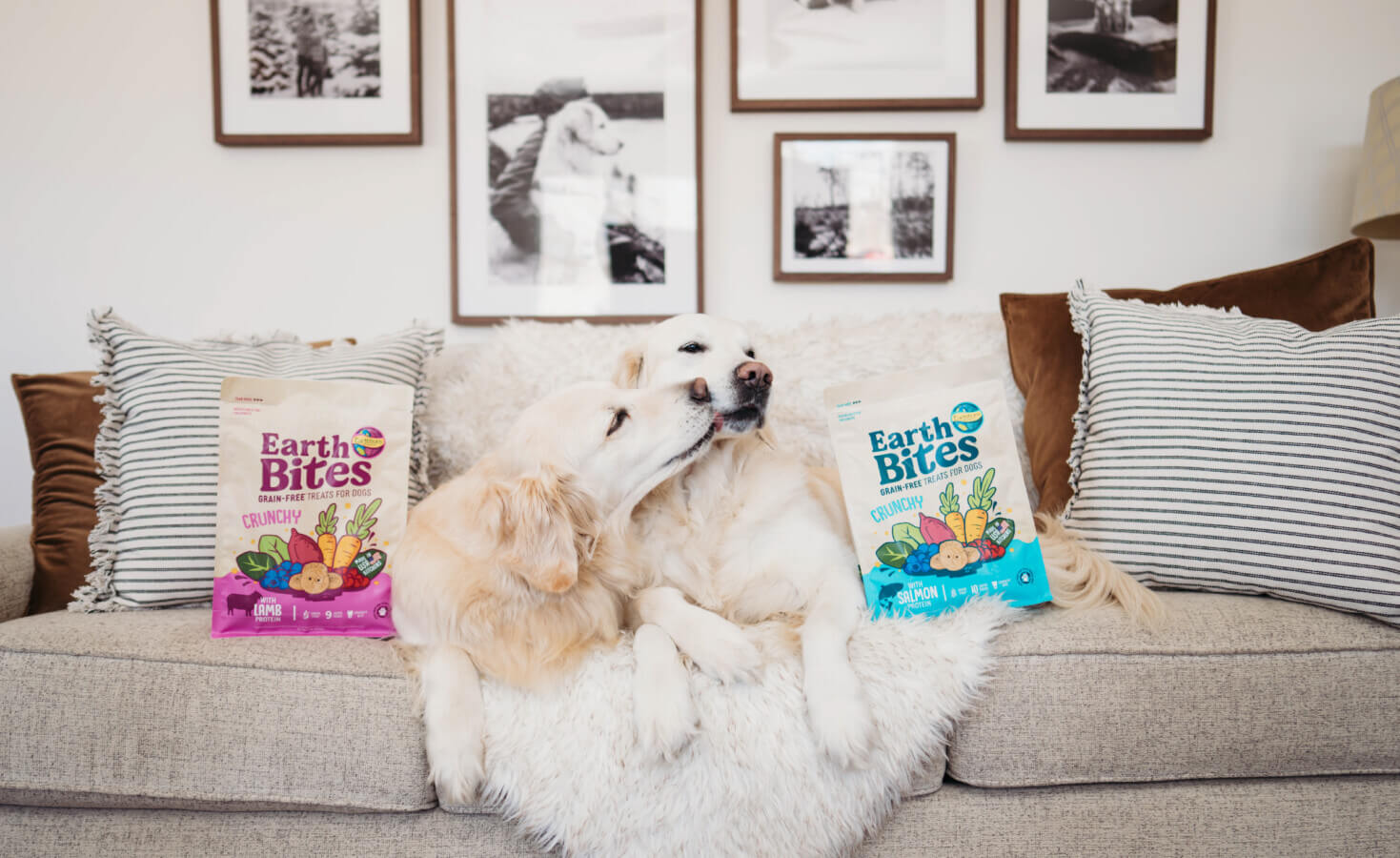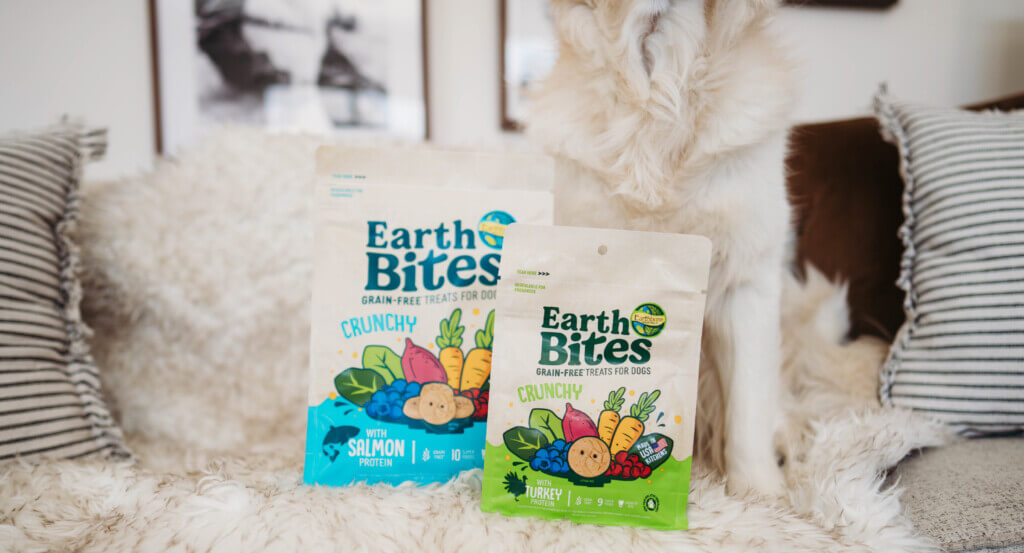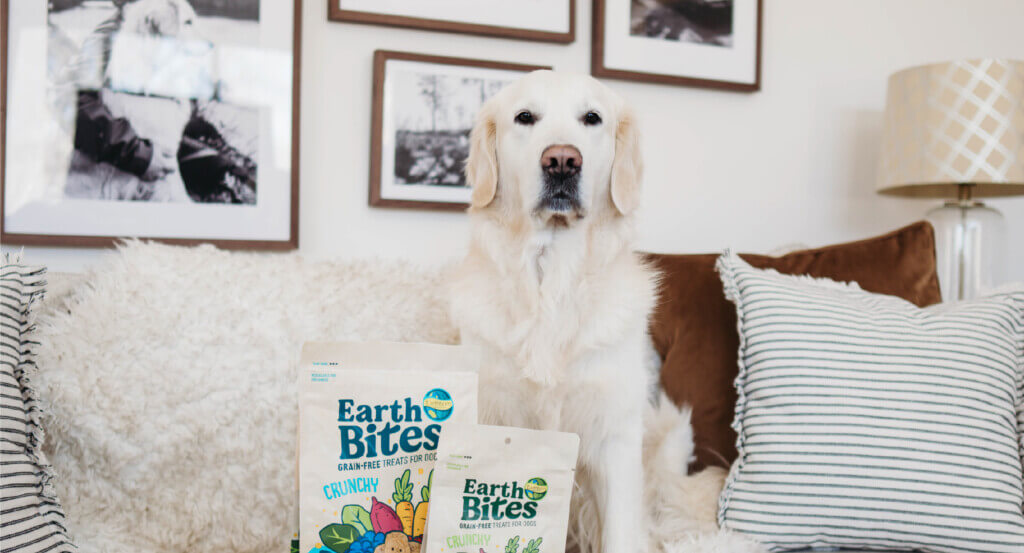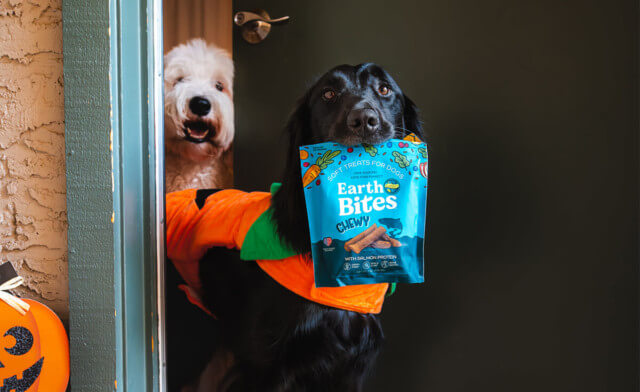Summer Cleaning Tips & Safety for Your Pets
Summer has arrived! Between longer days and fun adventures in the sun, there’s a lot to look forward to. If you have pets, though, there’s a lot more to keep in mind to keep your pets safe during the summer months. From keeping their toys clean to pet-safe cleaning products to knowing the signs of heat exhaustion and overheating, there’s a lot to think about! Luckily, we’ve rounded up a whole bunch of tips and tricks to help your pets enjoy the summer months just as much as you.

How to Wash Dog and Cat Toys
When it comes to keeping your dog’s toys squeaky clean, washing toys in the dishwasher or washing machine is a safe (not to mention easy!) option for most toys. Make sure to use a scent-free detergent or even some white vinegar and throw them all in for a spin and you’ll be good to go. Main exceptions to washing dog toys in the washing machine are usually rubber toys–for toys like this, it’s recommended to instead soak them in a bucket for about 20 minutes to give them a good sanitize and then wipe them down. In the case of chew toys, you can dry them with a towel while rope toys or plush toys might require a few hours out in the sun to get them good and dry before play time resumes. If you’re wondering how to sanitize dog toys, the washing machine or bucket methods should both accomplish sanitization as well.
The same principles usually apply to cat toys as well unless the toy contains catnip. If your cat’s toys do contain catnip, an important question to ask is whether or not you can replace the catnip. If you can, simply remove it and fluff and give the toy a run through the washer. If you can’t remove the catnip, it’s probably time for a new catnip toy to replace it, as washing these will cause the toy to lose potency.
Pet Safe Cleaners and Cleaning Tips
If you’re new here, you might not know a whole lot about cat and dog safe cleaning products. If you’re not new here, you probably already know where this is going. That’s right–we’re about to sing Cedarcide’s praises once again. Our all-time favorite pet-friendly cleaning product is the Cedarcide All-Purpose Cleaner. Made with natural essential oils, it’s safe for your pets and won’t clog up your home with gross chemicals. It can be used in kitchens, bathrooms, flooring, your pet’s spaces, and more and comes in three refreshing scents.
Since we just talked about cleaning your pet’s toys in the washing machine, let’s talk pet-friendly laundry detergent. A natural, unscented detergent is recommended and the Seventh Generation Free & Clear Unscented Laundry Detergent is highly recommended for it’s plant-based ingredients. It’s a little pricier than your standard detergent, but if you only use it to wash pet items or items they come in contact with often, you probably won’t use it enough to need to replace it super often.
When it comes to cleaning up pet stains, a solution of baking soda and vinegar will usually do the trick! Simply blot the spot dry with a paper towel, sprinkle some baking soda over the top, and then use a spray bottle to spray vinegar on top of the baking soda. Leave it for an hour or two until it’s just dry baking soda and then just vacuum it up. One important tip is to never use a steam cleaner to clean pet stains–the heat of the steam will bake the stain into your carpet, making it near impossible to remove.

How to Clean a Litter Box
We all know that owning a pet isn’t always rainbows and scooping cat litter definitely falls under the list of less-glamorous pet owner tasks. However, litter box maintenance is an important part of your pet’s well-being as keeping an unclean litter box will eventually cause your cat to not use it (please see paragraph above about pet stains–yikes). You should be scooping cat litter at least once a day and replacing the litter roughly once a week, but some litters last longer and only need to be replaced every four or five weeks.
Every time you replace litter, make sure you’re washing the litter box before adding new litter. Simply dump the old litter and then clean the box with hot water and an unscented dish soap then dry with paper towels. Make sure the box is completely dry before adding new litter or you could get clumps from the moisture.
If scooping cat litter isn’t your thing, there are other options but they often come at a pretty penny (we’re looking at you, Litter Genie). Thankfully, Good Housekeeping has done a full-on test of self-cleaning litter boxes and rounded up the top seven, all at different price ranges and complete with pros and cons lists.
Summer Pet Safety
With the increasing temperatures comes an increasing number of things to watch out for to keep your pets safe, the most common being overheating. Heat exhaustion is fairly common in dogs during the summer and it’s important that if you’re going to be outside, you keep an eye on your dog and know the symptoms of overheating in pets. Things like excessive panting, pale gums, sudden confusion or weakness, or increased drooling are all things to be aware of. If you do notice your dog starting to show these symptoms, make sure to get them cool immediately–inside, air condition, and cold towels are all ideas to keep your dog cool. Make sure to also provide lots of fresh, clean water and give your vet a call. Also, never, ever leave your pet in a hot car by themselves during the summer. The inside temperature in vehicles increases rapidly when it’s hot outside, putting your pet in an extremely unsafe situation.

Keeping your dog’s paws cool is a summer essential. Rising temperatures can make surfaces like roads and sidewalks super hot and cause damage to your pup’s paws if you aren’t paying close enough attention. According to The Spruce Pets, “It only takes 60 seconds on pavement that is 125 degrees F for a dog’s paws to burn. This means even if it’s only 77 degrees F outside the pavement could potentially be hot enough to burn a dog’s feet if it stands on it for long enough.” Make sure to feel the sidewalk or road with your hand for seven seconds. If it’s too hot for you to hold your hand there, it’s too hot for your dog to walk on. If you’d still like to go outside for a walk, make sure to protect your pet’s paws with some booties.
Another thing to think about when planning summer fun for the humans of the household is foods toxic to pets. Foods like avocado, grapes, apple seeds, artificial sugars found in some candies or desserts, and alcohol are all foods that should not be given to your pet and things that should be prepared and served with extra caution when there are pets around.
Have Fun!
Even though summer brings a lot of safety concerns, there’s still a whole bunch of ways to have fun with your pets. Break out a doggy swimming pool, freeze some wet food as a fun treat, or have a good time with the sprinkler to keep your pets cool, safe, and entertained all summer long!




